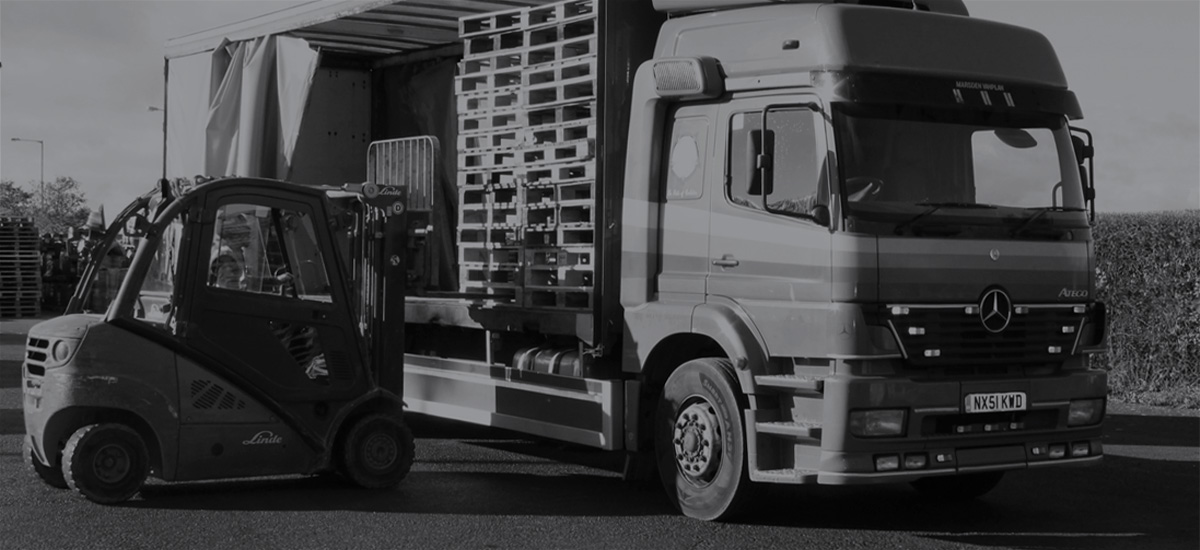In the first ‘what a load of old rubbish’ blog, we learned how the Romans were experienced at recycling waste materials into new products, for example bronze and glass. They were also well organised at sorting and storing waste efficiently at sites such as Monte Testaccio in Rome. Now we're turning our attention to the Vikings, and what you will read is quite astonishing.
The Viking invasion of Britain was concentrated along the north east coast during the eighth century. They settled in villages and towns in the region as shown by modern day northern village names ending with ‘by’, denoting Viking origins. I use the term 'settled' lightly as they typically took over existing communities and claimed them for themselves. However, in comparison to their barbaric reputation and frightening names, such as Eric Bloodaxe, the Vikings were skilled merchants and farmers.
They captured York in 866AD and made it the second largest city in the country after London. Jorvik, as it was then known, is perhaps one of the most famous centres of Viking occupation. Several Viking discoveries such as Coppergate, a commercial centre for Viking merchants, demonstrates clearly how this civilisation was so prosperous. The Jorvik Viking Centre, which focusses on the archaeology of Coppergate, even displays a recreation of a Viking water closet where moss was used as toilet roll.

As skilled manufacturers, the Vikings were able to create magnificent everyday items from a variety of materials. Once sheep and cows were killed and consumed, their bones were transformed into elegant combs demonstrating that even the simplest of items were recycled.
An 11th century metalworking site, found close to a Yorkshire Viking battlefield, has helped historian Charles Jones prove how recycling was an activity performed by Vikings. Evidence of re-melting iron at the site is shown by the discovery of smelting pits, where deposits of iron would drip to the ground. It portrays the recycling of precious materials, which would have been important to Viking warriors – the battle winners would collect and recycle the discarded weapons of the defeated.
Another efficient and innovative Viking process is the recycling of longboats into houses and jetties. Evidence of these features can be found in County Cork, Ireland. In approximately 1050, the Vikings began to settle in the area and reused the timbers from their longboats to build houses. Mud and wattle walls were integrated with longboat bows in some of the houses discovered in the Viking port.
Perhaps one of the most intriguing aspects of Viking reuse is the repurposing of old items for their original intention. Ancient barrows and stone circles have been mysterious ritualistic and religious places since prehistoric times. The Vikings had their own belief system and built great monuments in their home lands to respect ancestral power. This power may have been harnessed by later Viking generations, allowing them to be associated with the former ruling families that preceded them, legitimising their claim to the land and providing a sense of continuation.
Interestingly, the Vikings reused established ancient monuments to harness this power. When they invaded Britain, despite the unlikelihood of an ancestral claim, there is evidence that the Vikings reused ancient barrow monuments to form a claim to the land they had just conquered. There is very little chance the Vikings were related to the Bronze Age creators but perhaps the Vikings intended to inaugurate themselves into the ancient lineage of the land by reusing these ritualistic monuments.
One thing that is already becoming apparent in these blogs about our forebears is that recycling of precious materials was in operation throughout the centuries. The Vikings were very skilled and reworked materials such as metal, something that would have taken great expertise and effort to handle. Not only that, the production of bone items, such as combs, shows the ingenuity of the Vikings to reuse and recycle as much as possible. There was a potential use, or should we say reuse, for many materials they laid their hands on.
Without doubt they would have reused pots much the same as we reuse tableware today, but the Vikings extended their reuse capabilities to ancient monuments, placing them as focal points to ancestral power. The Vikings managed waste quite comprehensively, opting for reuse as a means to reduce waste whether through practical or ritualistic objectives. This certainly represents a conscientious approach to waste as opposed to the barbaric, uncaring stereotype the Vikings have been associated with.







